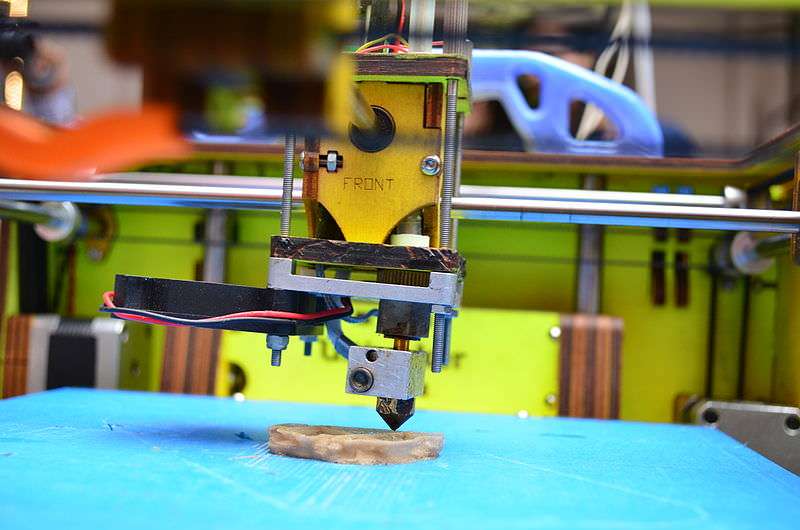3D Printing Gives 16-Year-Old Bomb Victim a Hand

Daniel Omar lost his arms in March 2012 when he was 14 years old during a bombing carried out by Sudanese aircraft, a part of the government's attempt to quell rebels. Omar hid behind a tree to avoid the bomb, but when the explosion subsided both his hands were gone. The Guardian reports, "Aware of the burden he would place on his family, in 2012 Omar told a Time reporter that he would rather have died when the government's Antonov aircraft dropped its lethal cargo." He never thought he'd be able to pick up a spoon again.
However, 3D printing offered an astoundingly cheap and easy solution. A horrified Mick Ebeling, who manages the optimistically-named start-up Not Impossible Labs, read Omar's story. After finding Omar in the Nuba Mountains, Ebeling fitted Omar with a 3D-printed prosthetic arm. It cost Ebeling just under $100 to craft the limb. "Project Daniel" gives hope to over 50,000 amputees in war-torn South Sudan and offers a glimpse of a future with prevalent 3D printing.
The Guardian reports:
It was a pretty amazing thing to see this boy come out of his shell," says Ebeling, recalling the moment Daniel picked up a spoon for the first time since he had lost his hands. "Getting Daniel to feed himself was a highlight that was right up there with watching my kids being born.
South Sudan has been clouded in a messy, ethnically-divided civil war since an unresolved power grab in December 2013. Things are so bad that humanitarian groups like Médecins Sans Frontières can't prioritize the endemic of limbless citizens.
Ebeling is disappointed by failed foreign aid campaigns and sought to provide an alternative solution. He is back home in Los Angeles, but he left behind a couple of 3D printers for trained villagers to operate. They are assembling a limb per week for local amputees in the region.
Harry McCracken of Time argues:
That limb won't get a tiny fraction of the attention that will be lavished on 4K TVs, tablets and assorted other gadgets and gizmos at the show this week — but it's hard to imagine any other device here doing more to make the world a better place.
Attention has been drawn to the more controversial applications of the innovative technology, but people can use 3D printers to make more than home-made guns. It is the crux of many revolutionary developments in a variety of fields including: dental, biotech, eyewear, art, food, geography, and architecture.
In a world fraught with economic, political, and technological disparities, 3D printing offers a glimmer of hope to citizens trapped in politically crippled regions.
Watch a video from Sky News on Omar and Ebeling below:
Read more from Reason.com on 3D printing here.


Show Comments (47)